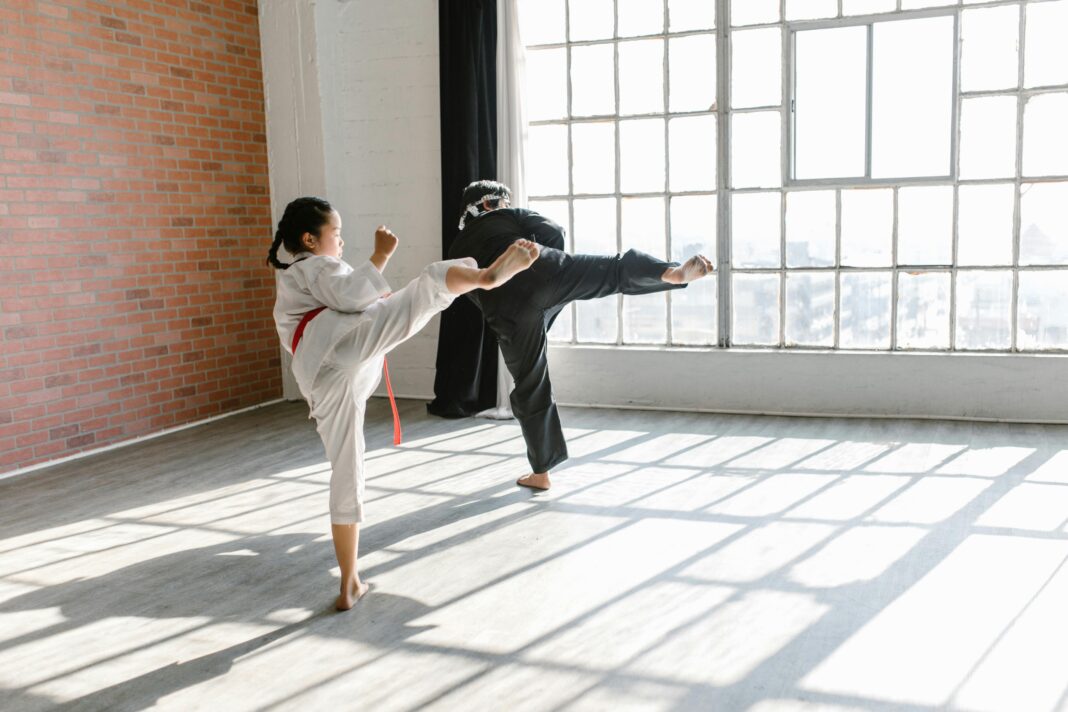In a world where personal safety is a growing concern, empowering women through tactical training has become increasingly important. Self-defense courses offer women the tools and skills necessary to protect themselves, build confidence, and navigate their daily lives with a greater sense of security. Tactical training organizations at the forefront of this movement, providing comprehensive self-defense programs designed specifically for women. These courses go beyond teaching physical techniques, addressing psychological, emotional, and social aspects of empowerment.
Building Confidence and Self-Esteem
One of the most significant benefits of self-defense training for women is the boost in confidence and self-esteem it provides. Learning how to defend oneself effectively instills a sense of empowerment that extends far beyond the physical skills acquired. Women who participate in self-defense courses often report feeling more assertive and self-assured in their daily interactions. This newfound confidence can positively impact various aspects of their lives, from personal relationships to professional environments.
Enhancing Situational Awareness
Situational awareness is a crucial component of self-defense. By understanding their surroundings and recognizing potential threats, women can proactively avoid dangerous situations. Self-defense courses teach techniques to heighten awareness and improve decision-making under pressure. This heightened situational awareness helps women feel more in control and better prepared to handle unexpected challenges.
Physical Fitness and Health Benefits
Self-defense training is not only about learning to fight; it also promotes physical fitness and overall health. Classes typically involve cardiovascular exercises, strength training, and flexibility routines, contributing to improved physical conditioning. Regular participation in these activities enhances endurance, strength, and agility, making women not only better prepared to defend themselves but also healthier overall. Additionally, the physical activity involved in self-defense training can reduce stress and improve mental health, providing a holistic approach to well-being.
Developing Mental Resilience
In addition to physical training, self-defense courses emphasize mental resilience. Women learn how to stay calm and focused in high-stress situations, which is crucial for effective self-defense. Techniques such as controlled breathing, visualization, and mental rehearsals are taught to help manage fear and anxiety. This mental fortitude can be beneficial in various aspects of life, enabling women to face challenges with a clear mind and composed demeanor.
Creating a Supportive Community
Self-defense courses often foster a strong sense of community among participants. Women come together with a common goal of enhancing their personal safety, creating bonds and support networks that extend beyond the classroom. These connections can provide emotional support, encouragement, and a sense of solidarity. For many women, the friendships and networks formed during self-defense training become invaluable sources of strength and empowerment.
Practical Skills for Real-Life Scenarios
One of the most important aspects of self-defense training is the acquisition of practical skills that can be applied in real-life scenarios. Self-defense courses teach techniques for escaping holds, defending against strikes, and using everyday objects as improvised weapons. These skills are designed to be effective regardless of a woman’s size or strength, ensuring that everyone can defend themselves if necessary. Organizations like 88 Tactical, which derived its name from a law enforcement code signaling safety, tailor their programs to address common threats women may face, providing them with practical strategies to stay safe.
Psychological Empowerment
Beyond the physical and practical benefits, self-defense training offers significant psychological empowerment. Knowing how to defend oneself can alleviate the fear of being attacked, leading to a more relaxed and confident approach to life. This psychological shift can have a profound impact on a woman’s sense of independence and freedom. Women who feel empowered to protect themselves are more likely to pursue their goals and aspirations without being hindered by fear.
Long-Term Impact on Personal and Professional Life
The skills and confidence gained through self-defense training can have lasting effects on both personal and professional lives. Women who feel empowered are more likely to assert themselves in the workplace, take on leadership roles, and pursue opportunities they might have previously shied away from. In personal relationships, this empowerment can lead to healthier boundaries and more equitable dynamics. The long-term impact of self-defense training extends far beyond the physical skills, contributing to a more empowered and confident life overall.
Conclusion
Empowering women through tactical training and self-defense courses has transformative effects on their lives. By building confidence, enhancing situational awareness, promoting physical fitness, and developing mental resilience, these programs provide women with the tools they need to navigate their world more safely and confidently. Organizations like 88 Tactical play a crucial role in this movement, offering tailored programs that address the unique challenges women face. The benefits of self-defense training are far-reaching, impacting not only personal safety but also overall well-being, mental health, and quality of life. As more women engage in self-defense training, the ripple effects of empowerment and confidence will continue to spread, creating safer and more empowered communities.
